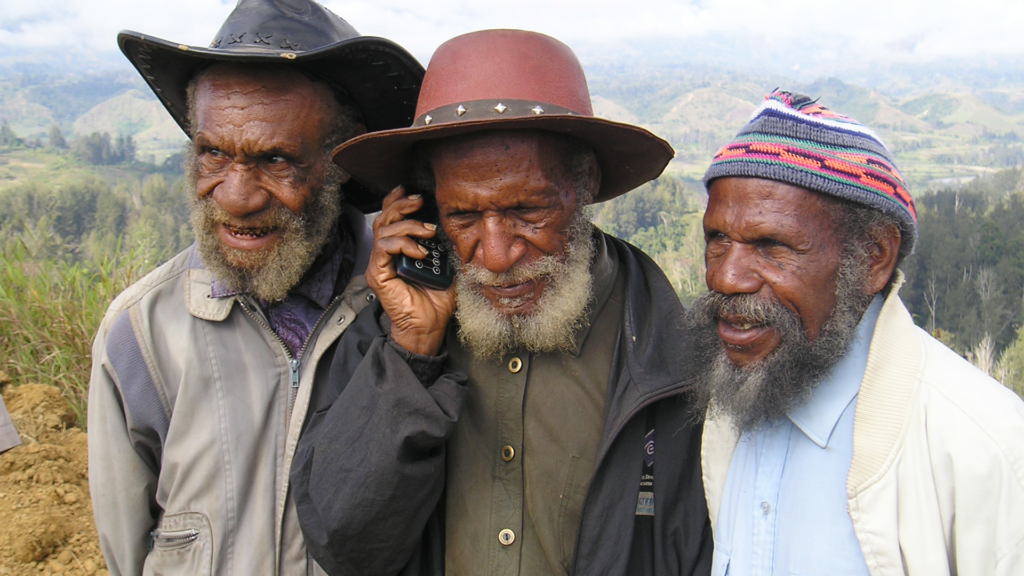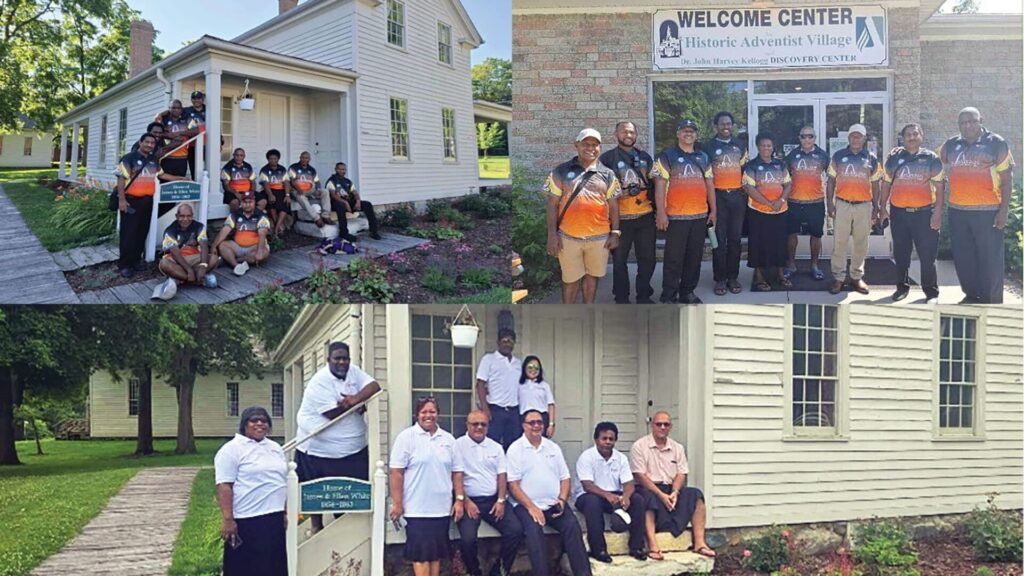The Twin Towers
“September 11 has been described as the day that changed the world forever” (Record, November 17, 2001).
Millions watched television screens around the globe in silence as the unbelievable events transpired before their eyes. Disbelief, shock, horror, fear, dread, panic, grief, hatred, anger, desperation and terror—every emotion imaginable was felt upon hearing the devastating news of the terrorism attack on the Twin Towers.
“This act of terrorism occurred at a time least expected. It caught America and the rest of the world by surprise. This barbaric act has left in its wake a nation in shock, thousands of grieving loved ones and a globe encased in fear” (Record, November 17, 2001).
There were nearly 3000 deaths in the September 11 attacks, with nine Seventh-day Adventist church members among them (Record, October 6, 2001). Around 6000 people were injured. The world was shaken. Innocence was henceforth tainted. Fear reigned in the hearts and minds of many. But the Church did not remain silent.
In the horrors and distress of these terrorist attacks, many were questioning the reason why. Why did this atrocity happen, and where was God in all of this? Dr Angel Rodriguez presented a response to these questions, pointing out that as “tempting as it is to speculate concerning the role of God in those events, we must simply acknowledge that they were the result of the presence of evil in this world” (Record, October 6, 2001). God was not bringing anger or judgement against America; these tragic events were merely the sorrowful result of sin metastasising in our world. Dr Rodriguez went on to offer encouragement and hope, remembering that “God can bring good out of an unspeakable evil, without either being its cause or part of the process of justifying it.”
Messages of hope and encouragement provided a lifeline for many. The whole world came together in prayer, offering prayers of comfort for the victims of the terrorist attacks and their families, as well as all those who were suffering or hurting from the experience (Record, October 27, 2001). Many were reminded of the promised hope of Jesus’ second coming and His answer to evil, pain and suffering—that He will “destroy evil completely” (Record, October 6, 2001).
“The day isn’t far distant when peace and freedom will be guaranteed forever and terrorism in all its forms will be no more” (Record, November 17, 2001).
Sanitarium Turns 100
As New Year’s Eve, 2002, clocked over to New Year’s Day, 2003, the Sydney Adventist Hospital officially turned 100. The original Sydney Sanitarium opened on January 1, 1903, being named the “Sanitarium” on account of the principles it employed in its healthcare practices (Record, February 22, 2003).
Ahead of its time, the Sanitarium in the early 20th century promoted hydrotherapy, fresh air, exercise and a healthy diet—entirely revolutionary ideas in comparison to the medical practices of the day. At the time it was founded, the most prominent methods used to treat the common diseases of the day included bleeding, inhalation of resin fumes, blistering to parts of the body, as well as enclosure in dark and airless rooms (Record, February 22, 2003). As a result of its countercultural healthcare, the Sanitarium experienced immediate success, which only continued to grow.
By 2003, the Sydney Adventist Hospital was the largest and most comprehensive acute care private hospital in NSW and was ranked in the top 10 hospitals in Australia (Record, February 22, 2003). On February 9, 2003, the San commemorated its centenary birthday on the front lawn with more than 1000 people attending and participating in the celebrations (Record, March 9, 2003).
HIV/AIDS Strategy in the South Pacific
At the turn of the millennia, the issue of HIV and AIDS prevalence in the South Pacific came to the attention of the Church and a strategy was developed to help tackle this epidemic.
While Australia and New Zealand had effectively curbed the spread of HIV/AIDS, the disease was spreading at an increasing rate in Papua New Guinea, with a prevalence rate of about 1 to 2 per cent and a rate of increase between 13 and 30 per cent (Record, June 21, 2003). HIV/AIDS was the main cause of death in the Port Moresby hospital, with some 15,000 people in PNG infected. In addition, Papua New Guinea during this time had the “highest prevalence rate of sexually transmitted infections, which, together with other factors, contribute to the easy spread of HIV” (Record, June 21, 2003).
South Pacific Division leaders determined at their mid-year meeting in 2003 to form a comprehensive strategy to help confront this growing problem. As part of this, the Church released a commitment statement, which recognised the Church’s failure in the past to prevent the spread or diminish the impact of the disease on society and church members. The statement also emphasised a commitment to working towards compassionate and intelligent education on the issue and addressing the disease in homes, places of work and worship, churches, schools, clinics and hospitals (Record, June 21, 2003).
The strategic framework developed by the Church proposed integration and cooperation with ADRA and other church organisations and external agencies to provide widespread education on prevention, as well as supporting treatment and relief programs for those diagnosed with HIV and AIDS (Record, June 21, 2003).
First National Breakfast Program Launched
On February 11, 2004, the first national breakfast program was launched by the Good Start Breakfast Club—an initiative run by the Australian Red Cross in conjunction with the Sanitarium Health Food Company. This was a national program to provide breakfast to school children in areas of greatest need around Australia. This initiative began after it was discovered that 4 in 10 Australian children attended primary school on an empty stomach. The Good Start Breakfast Club served 100,000 breakfasts in areas of most need within its first month of operation. But the program was about more than just providing food—its goal was to teach children “good habits they can take with them throughout the day and, potentially, throughout their lives” (Record, March 13, 2004).
Also of note during this period:
- March 27, 2004 marked the final editorial by then Record editor Dr Bruce Manners. He reminded readers of the purpose of the magazine: to display the honest reality of our Church. “Our endeavour with Record during this time has been to present the reality that is the church, not some idealised picture.” Dr Manners was succeeded by Nathan Brown.
- From February 7-10, 2003, Avondale College (now University) hosted its first ever Women in Ministry Conference. The primary objective of the conference was to “facilitate and promote the education, employment and ministry of women within the Seventh-day Adventist Church” (Record, March 8, 2003).






